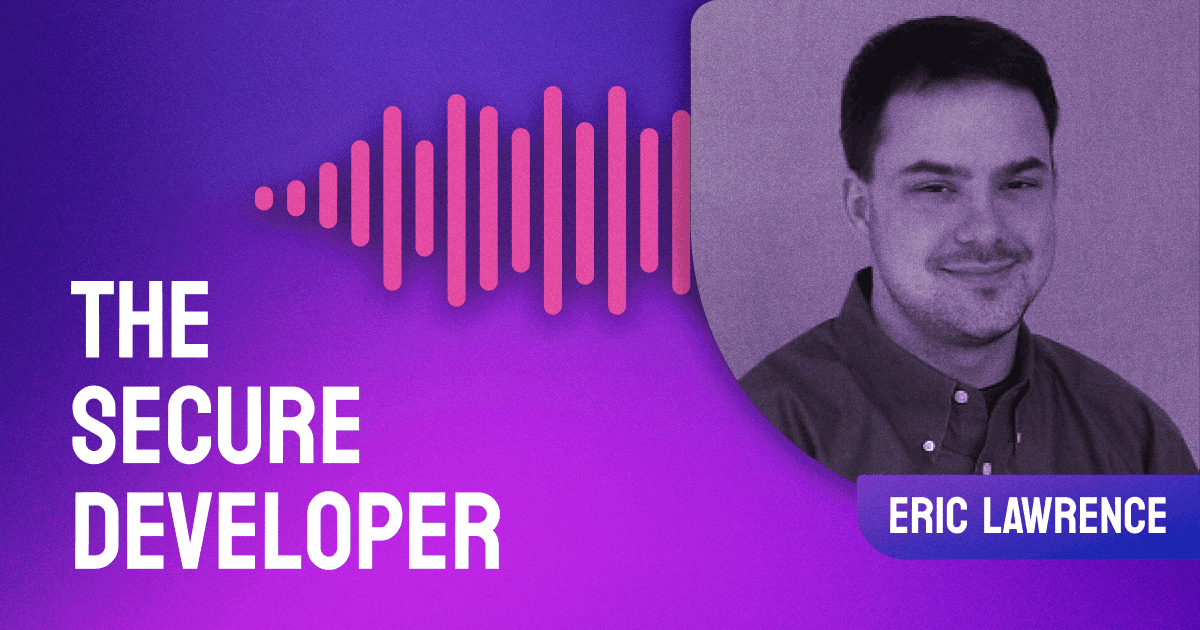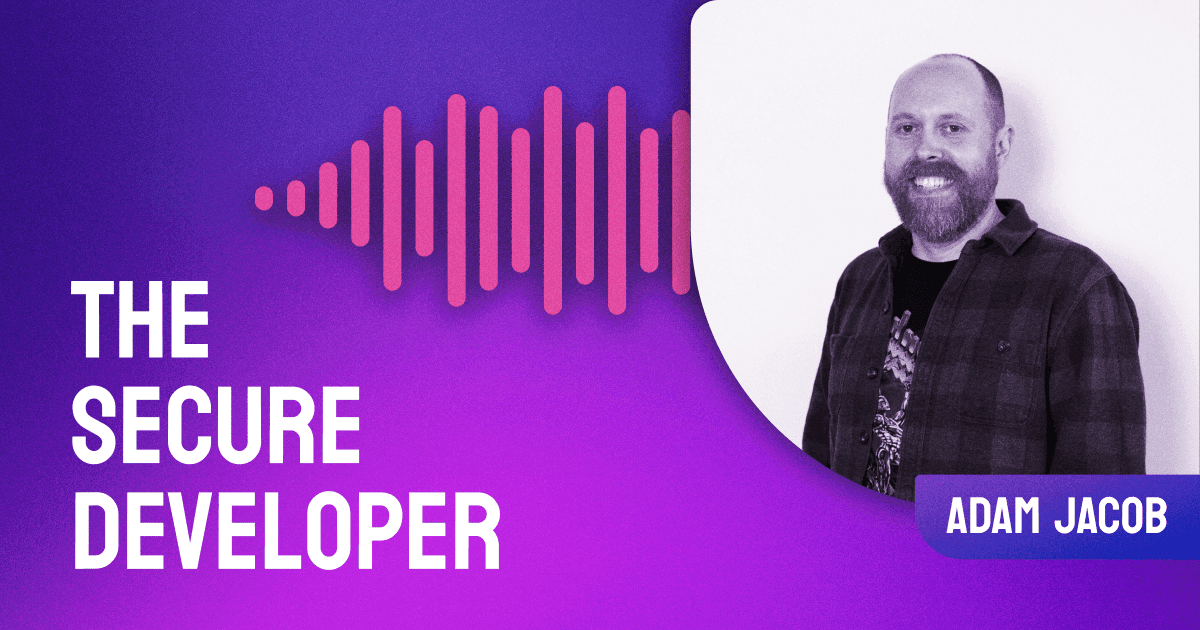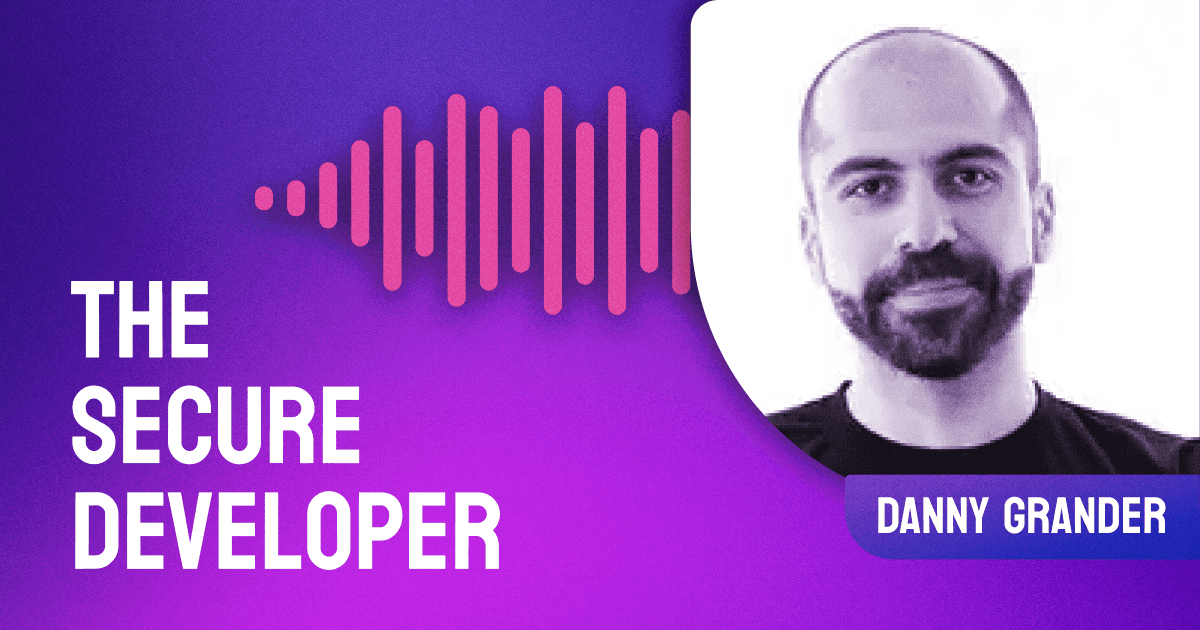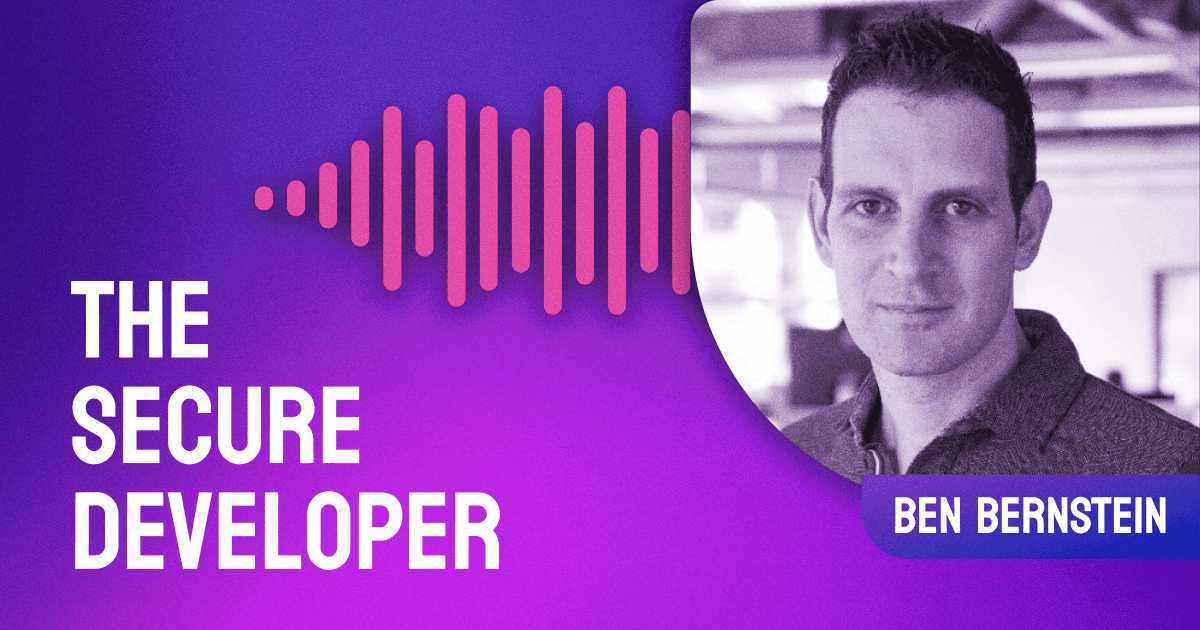Episode Summary
In this episode of The Secure Developer, Guy hosts RisingStack Founder and CEO Gergely Nemeth. The pair discuss the difficulties of selling security as a requirement, some of the most common attack vectors used on today’s web, and finally, the work Gergely is doing on Trace, a Node.js-focused tool that makes debugging code simple.
Show Notes
Links





